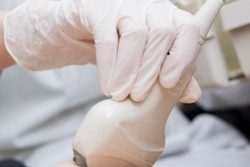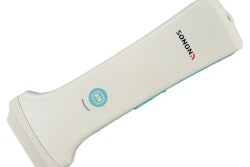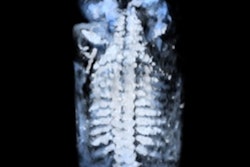Medical student Scott Adams of the University of Saskatchewan in Saskatoon and colleagues explored the feasibility of performing adult abdominal exams using a telerobotic system that allows radiologists and sonographers to control the transducer and ultrasound settings remotely.
Eighteen patients were included in the study; all underwent a conventional ultrasound exam followed a telerobotic exam, which was conducted using a combination of AdEchoTech's Melody system, BK Ultrasound's SonixTablet, and videoconferencing technology. The telerobotic exams were performed by a sonographer who was about 2 miles away from the patient.
Adams' group found that 92% of organs imaged on the conventional ultrasound exams were effectively imaged on the telerobotic exams. Five pathological findings were identified by both exams, three were identified only by conventional sonography, and two were identified only with telerobotic ultrasound.
There was no significant difference between the two modalities in measurements of the liver and spleen and diameter of the proximal aorta, but the telerobotic assessments did overestimate distal aorta and common bile duct diameters and underestimate kidney lengths, the group reported.
Telerobotic sonography could make remote ultrasound clinics viable in communities that lack skilled sonographers and radiologists and, therefore, improve access to care, Adams and colleagues noted.



















